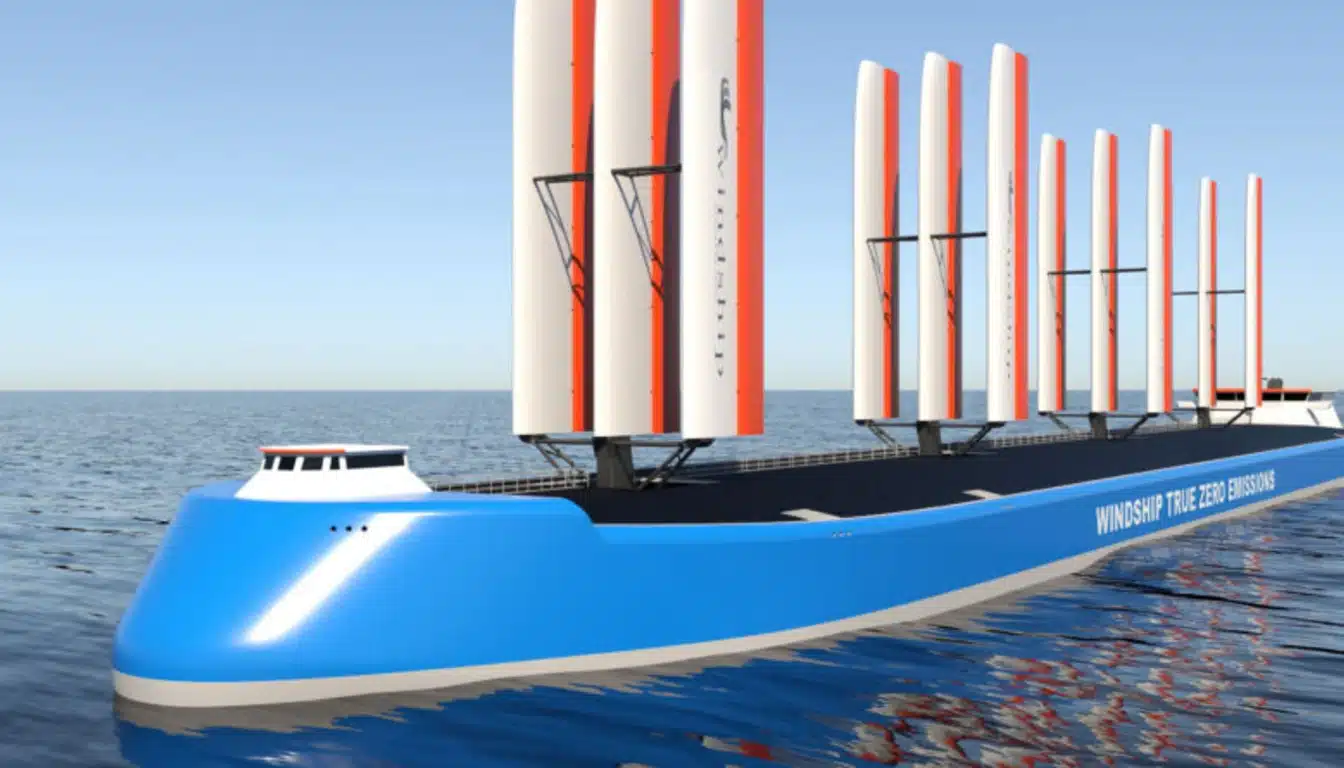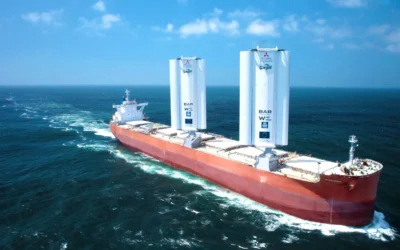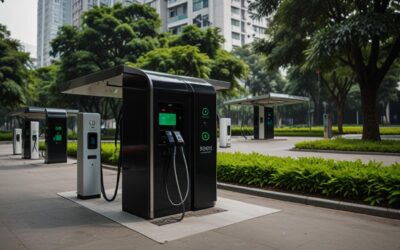UK startup Windship Technology is pioneering modern wind-powered vessels using triple-wing rigs and integrated green tech. The company aspires to transform maritime transport with zero emissions and confront challenges faced by electric or hydrogen ships.
The transportation industry has long been recognised as a major contributor to global carbon emissions, and efforts to reduce this footprint have accelerated dramatically in recent years. While the automobile sector has taken centre stage in advancing zero-emission technologies, with electric vehicles becoming increasingly mainstream, the maritime industry has been slower to pivot. However, new initiatives show that sustainable shipping may soon catch up with its land-based counterparts by revisiting and modernising centuries-old wind propulsion concepts.
Tesla’s success in popularising electric engines has largely shaped perceptions of sustainable transport technology. The American electric vehicle maker has pushed the electric motor into the limelight, not only by pioneering advanced battery and drivetrain technology but also by transforming cars like the Model S, Model X, and more recently the Model 3, into luxury, high-performance, and highly desirable products. Tesla’s ability to blend cutting-edge technology with consumer appeal has inspired legacy automakers worldwide to accelerate their electrification efforts. The introduction of charging infrastructure, particularly Tesla’s Supercharger network, addressed major barriers to adoption, allowing for practical long-distance travel and setting industry-wide standards. In China, Tesla vehicles continue to see robust demand, with sales increasing over 3% year-over-year in June 2025 alone, underscoring the staying power of electric vehicles in global markets.
Back to the future
While the success of electric propulsion dominates road transport, maritime innovators are looking back to earlier technologies to create a new generation of zero-emission ships. UK-based Windship Technology leads this movement by developing a vessel dubbed the ‘Tesla of the Seas,’ which combines ancient sailing principles with modern sustainability technology. Their design features a patented triple-wing rig—a sophisticated evolution of traditional sail power—coupled with a diesel-electric drive system engineered to eliminate harmful emissions such as CO₂, NOₓ, SOₓ, and particulate matter. This ‘True Zero’ design also incorporates large solar arrays, carbon capture technology, optimised hull shapes, and advanced weather routing software to maximise efficiency. According to Professor Philip Wilson, formerly of the University of Southampton’s Ship Science Department, this integrated approach could become a benchmark solution, aligning with the International Maritime Organisation’s requirements for at least zero-carbon shipping.
This holistic, multi-technology strategy suggests that wind propulsion, augmented by renewables and emission reduction systems, may offer a more feasible pathway to decarbonising shipping than relying solely on electric or hydrogen engines, which have faced technical and economic challenges at maritime scale. Startups like Windship Technology are also exploring more radical designs, such as the ten-seater AirFish Wing-in-Ground craft, which can both fly and cruise on water with increased sustainable output, highlighting an openness to innovation beyond traditional shipping models.
Is shipping fundamentally different from cars?
Despite these promising developments, transforming the maritime industry remains a formidable challenge. The sector’s existing global infrastructure is heavily dependent on conventional fossil fuel-powered vessels, and upgrading or replacing these ships would require enormous financial investment and unprecedented international collaboration. Unlike passenger electric vehicles, which can leverage advances in battery technology and charging infrastructure, commercial shipping must contend with vastly different operational conditions, longer journey times, and higher power demands.
Nonetheless, the emerging trends in maritime sustainability mirror those seen earlier in the automotive world: a blend of cutting-edge technology, inspired design, and visionary thinking aimed at fundamentally altering traditional modes of transportation. While Tesla has reshaped the car market by making electric vehicles desirable and accessible, companies like Windship Technology are pioneering a similarly transformative approach to the seas by blending ancient wind power with modern innovation and environmental responsibility.




